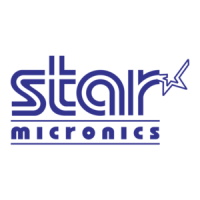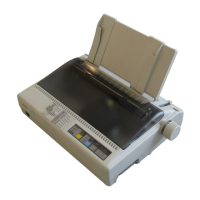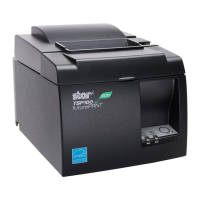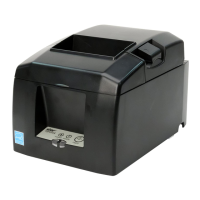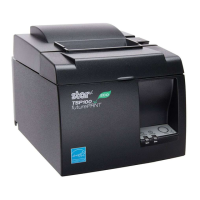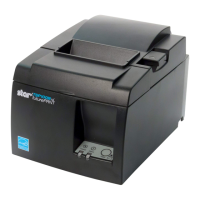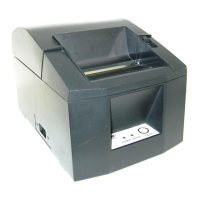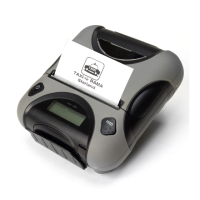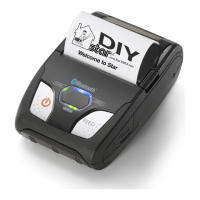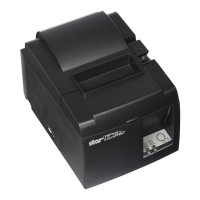– 21 –
THEORY OF OPERATION
2-2-5. Carriage Motor Speed Control
Since the carriage motor is a stepping motor, the carriage can be stopped at a desired position by controlling acceleration
and deceleration.
The carriage can also move backward.
The rotational speed of the carriage motor is set by the number of pulses per time unit. The character pitch (horizontal
character size) in each print mode is determined by changing this rotational speed (or carriage transfer speed).
(1) At start-up of the motor:
The number of pulses input to the motor increase in steps, reaching a certain frequency.
(2) To stop the motor:
The number of pulses input to the motor decreases in steps, in order to gradually bring the motor to a halt.
(3) When printing is carried out:
Pulses of a uniform pulse width are supplied for printing.
2-2-6. Paper Feed Motor Driving Circuit
Again, a stepping motor is employed as the paper feed motor, which turns a certain angle only when a drive pulse is
received. This 4-phase stepping motor is controlled by the phase 1-2 excitation method. The following shows the paper
feed motor drive circuit and the control signal generated by the phase 1-2 excitation method.
Fig. 2-12 Paper Feed Motor Driving Circuit
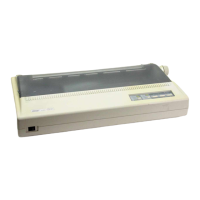
